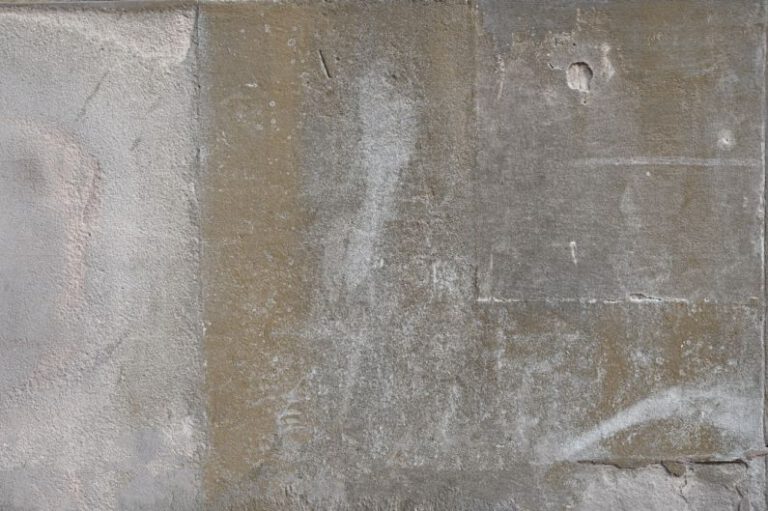What Innovative Materials Are Making Buildings Healthier?
In today’s rapidly evolving world, the focus on sustainability and wellness has extended to the construction industry. Architects and designers are constantly seeking innovative materials that not only enhance the aesthetic appeal of buildings but also contribute to the health and well-being of their occupants. From biophilic design elements to advanced air purification systems, the use of cutting-edge materials is revolutionizing the way we think about building design. In this article, we will explore some of the innovative materials that are making buildings healthier for their inhabitants.
**Biophilic Design Elements**
Biophilic design is a concept that incorporates elements of nature into the built environment to enhance the well-being of occupants. This approach has gained popularity in recent years as research has shown the positive impact of nature on human health. One innovative material that is commonly used in biophilic design is living walls. These vertical gardens not only add a touch of greenery to indoor spaces but also help improve indoor air quality by filtering out pollutants and releasing oxygen. Additionally, living walls have been shown to reduce stress levels and improve cognitive function among building occupants.
**Photocatalytic Coatings**
Photocatalytic coatings are another innovative material that is being used to make buildings healthier. These coatings contain titanium dioxide, a photocatalyst that can break down harmful pollutants in the air when exposed to light. By applying photocatalytic coatings to building surfaces, architects and designers can help reduce indoor air pollution and create a healthier indoor environment for occupants. In addition to improving air quality, these coatings also have self-cleaning properties, making them ideal for high-traffic areas that are prone to dirt and grime buildup.
**Smart Glass**
Smart glass is a revolutionary building material that has the ability to adjust its transparency in response to external factors such as light and heat. This innovative material not only helps regulate indoor temperature and reduce glare but also contributes to the overall health and comfort of building occupants. By controlling the amount of natural light that enters a building, smart glass can help reduce eye strain and improve circadian rhythms, leading to better sleep and overall well-being. In addition, smart glass can also enhance energy efficiency by reducing the need for artificial lighting and heating.
**Volatile Organic Compound (VOC)-Absorbing Materials**
Volatile organic compounds (VOCs) are chemicals that are commonly found in building materials and furnishings and can have harmful effects on human health. To combat the negative impact of VOCs, architects and designers are turning to innovative materials that can absorb and neutralize these harmful chemicals. One such material is activated carbon, which has a high surface area that allows it to trap VOC molecules and prevent them from being released into the air. By incorporating VOC-absorbing materials into building design, architects can create healthier indoor environments that promote the well-being of occupants.
**Conclusion: A Bright Future for Healthy Buildings**
As the demand for sustainable and wellness-focused design continues to grow, architects and designers are turning to innovative materials to create buildings that not only look good but also promote the health and well-being of their occupants. From biophilic design elements to smart glass and VOC-absorbing materials, the possibilities for creating healthier buildings are endless. By embracing these cutting-edge materials and technologies, the future of architecture looks bright, with buildings that not only inspire awe but also nurture the health and happiness of those who inhabit them.






